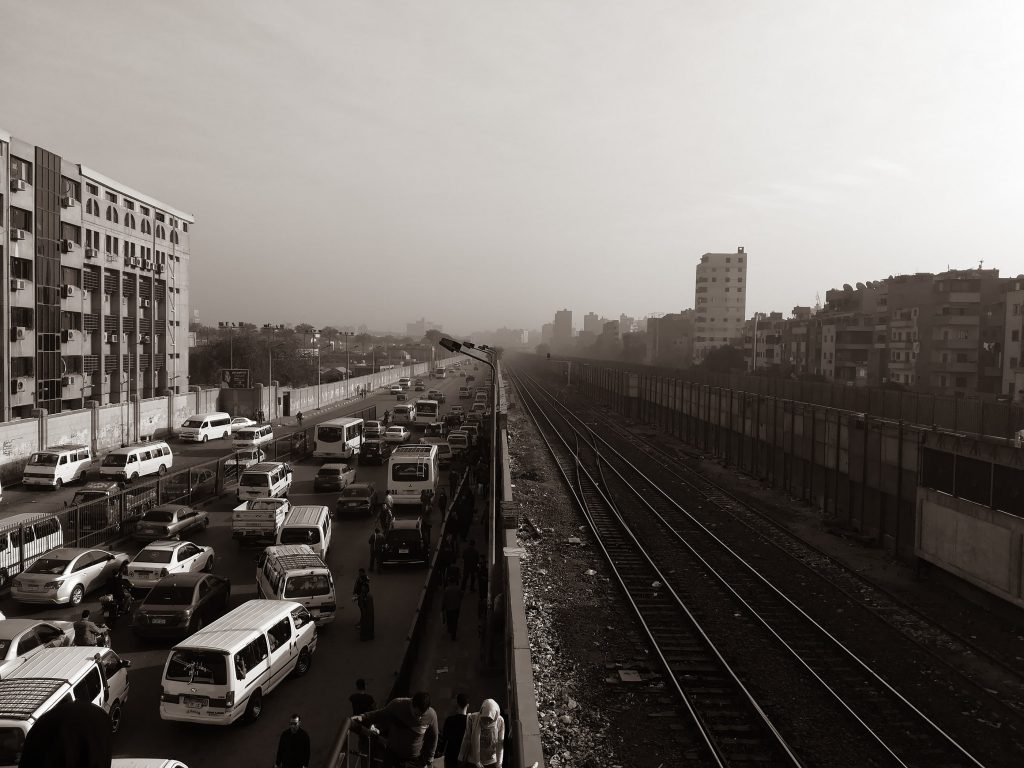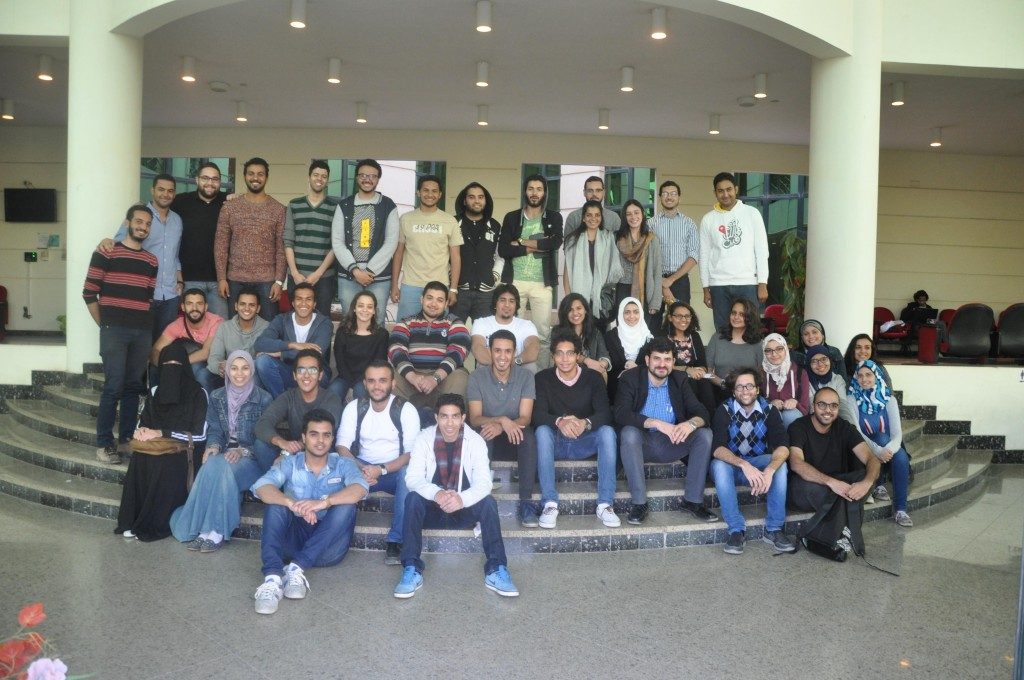الخط الثاني
عمال النقل عنصر أساسي في مدننا خلال جائحة كورونا الحالية وما بعدها، فهم يقومون بنقل العمالة الأساسية – مثل الأطباء والممرضين والمستجيبين في حالات الطوارئ – من وإلى العمل، وبذلك يعرضون صحتهم وسبل معيشتهم للخطر. والخطر الذي يواجهونه هو نفس الخطر الذي نواجهه. ولحماية موظفيهم وركابهم وضمان استمرارية العمل على المدى الطويل، يجب على مشغلي النقل العاماتخاذ إجراءات إضافية أثناء المرحلة المبكرة الحالية تتعدى التركيز على إجراءات النظافة الصحية. ويتوجب على الجهات المنظمة للنقل العاموعلى رأسها وزارة النقل، وضع خطة لدعم قطاع النقل بسيارات الأجرة ونقل الركاب باستخدام تكنولوجيا المعلومات وخدمات النقل الجماعي (أي خدمات الحافلات الصغيرة (الميكروباص) وغيرها) للتعامل مع الجائحة.



